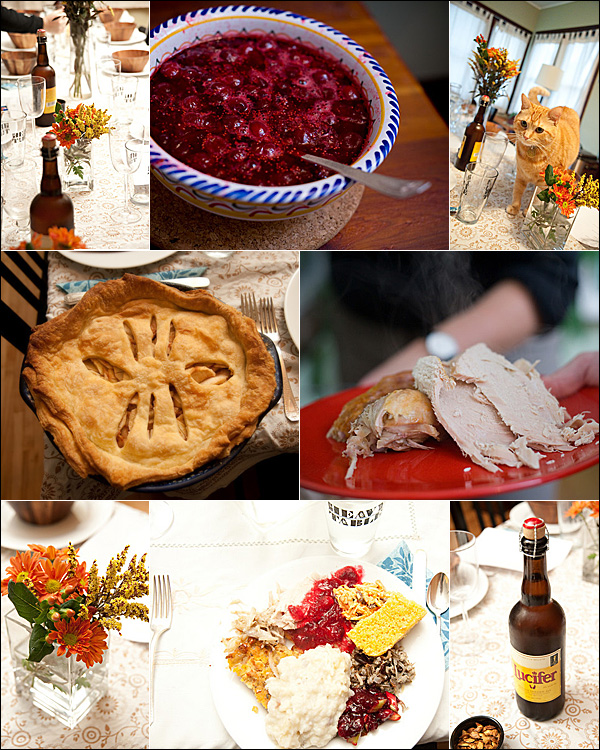Food Words: Turkey
(Excerpted from On Food and Cooking: The Science and Lore of the Kitchen, by Harold McGee)
Ornithological and geographical confusion appear to be responsible for the common names of this bird, which came late to Europe. The turkey was first seen by the Spanish in Mexico around 1518, and they named it with variants on the word pavo, “pea fowl.” In most other European languages its early names referred to India: French dinde, dindon, (d’Inde, “of India”), German Kalikutische Hahn (“hen of Calicut,” an Indian port), Italian pollo d’India (“fowl of India”). The turkey was indeed in India by 1615, so it could well have been introduced to much of Europe via Asia. The English connection with Turkey goes back quite early, to around 1540, and is more obscure. It may reflect a vague impression that the bird came from some outpost of the exotic Ottoman Empire, which originated in and was identified with Turkey.

Regardless of the story behind the bird’s given name, there’s no getting around the fact that a roasted turkey is a magnet for convivial times. Earlier this month, we gathered together the staff of the Heavy Table to discuss — to debate, fervently at times — our nominations for this year’s Silver Whisk Awards. It made sense to us to share some food while we talked, so we took a first crack at Thanksgiving. As we’d hoped, we learned anew that there’s nothing like a pile of home-cooked eats to get a group of people relaxed and cheerful.
Here’s hoping that your holiday is joyous, your turkey is moist and flavorful, your cranberries zesty, and your friends and family members both numerous and assembled. We’ll back on Monday… until then, enjoy the chaos, carbohydrates, and tryptophan.

A couple more photos can be found here, including another of Nola who is one of the Heavy Table’s staff cats. Happy Thanksgiving everyone and thanks for reading.